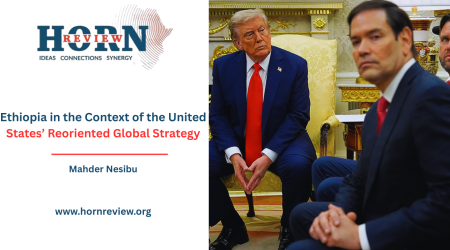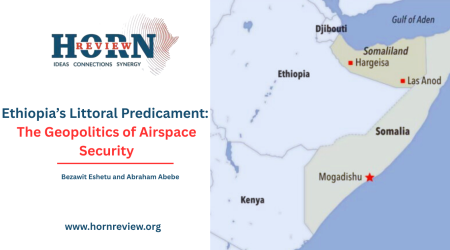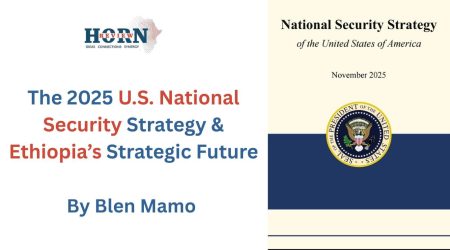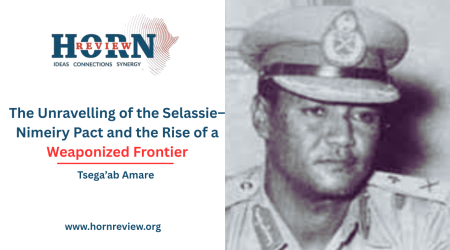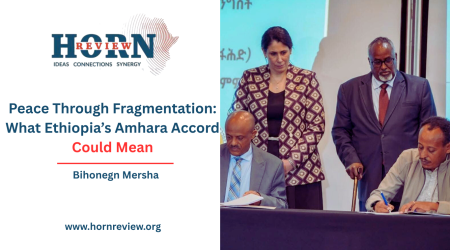
27
Oct
The Politics of Irredentism: Afar, Shared Identity & Divided States
The port of Assab transpires from history as an attestation to both Ethiopia’s maritime legacy and its coeval geographical predicament. What began as a small Afar fishing village in the 19th century transformed under Italian colonial purchase in 1869 into a scathing gateway that would eventually service the Ethiopian Empire. Years on end, Assab functioned as Ethiopia’s primary maritime outlet, with the Soviet Union and Yugoslavia later helping develop its infrastructure including an oil refinery that opened in 1967. Until the Eritrean-Ethiopian War, this port handled approximately two-thirds of Ethiopia’s trade. The historical cynicism is visible, a nation that once enjoyed extensive port access now watches from afar as its former assets languish, with Assab’s population declining significantly and the port becoming increasingly underutilized despite its strategic position on the Red Sea.
The Afar people, indigenous inhabitants of this coastline bridging Eritrea, Ethiopia, and Djibouti, constitute an often overlooked dimension of this geopolitical equation. Their historical marginalization across multiple states creates a complicated high octane in the region. In Eritrea specifically, the Afar face systematic discrimination , arbitrary detention, and restrictions on their traditional livelihoods according to United Nations reports. Supporting Afar aspirations is not just moral but a strategic act of genuis to pry open Assab, reasserting its rightful maritime dominance, transforming ethnic irredentism into a potential instrument of foreign policy. The Red Sea Afar Democratic Organization’s recent activities show even the latest manifestation of longstanding injustice among a people whose territory hosts immense strategic value yet who remain politically marginalized.
Ethiopia’s relationship with Afar irredentism represents a suave geopolitical strategy that operates on multiple levels. The Afar people’s cross-border distribution creates natural leverage points, with significant Afar populations in both Ethiopia’s Afar Regional State and Eritrea’s Dankalia region. This ethnic continuity across artificially drawn colonial borders establishes a foundation for potential influence operations, where support for Afar political movements could pressure the Eritrean government to reconsider its intransigence on port access. The documented pattern of human rights violations against the Afar in Eritrea, including arbitrary arrests, property confiscation, and restrictions on traditional fishing activities, provides both moral justification and strategic opportunity for external intervention on their behalf.
The existence of groups like the Red Sea Afar Democratic Organization demonstrates how internal atrocity can align with regional power peppy. However, the strategic move involves balancing genuine support for marginalized ethnic kin against the pursuit of national interests. This is not necessarily about promoting secessionism but rather about acknowledging that the Afar’s legitimate political aspirations intersect directly with Ethiopia’s economic survival. A more autonomous Afar administration in Eritrea’s coastal regions would likely view economic cooperation with Ethiopia favorably, given the historical trade patterns and geographical logic that bind the Ethiopian hinterland to the Afar coastline. This alignment of interests creates a natural foundation for cooperation that could benefit both the Afar people and Ethiopia’s economic security.
Ethiopia’s concerted effort to rebuild its naval capacity shows the seriousness with which it views maritime security and sea access. The revival of the Ethiopian Navy, decades after its dissolution following Eritrea’s independence, demonstrates a clear statement of intent that a state refuses to accept perpetual dependency on neighbouring ports. This naval renaissance serves multiple purposes , it projects power in a strategically vital region, protects against maritime threats to Ethiopia’s economic security, and strengthens the country’s negotiating position regarding port access. A credible naval force, even without direct homeport access demonstrates Ethiopia’s capacity to secure its interests in the Red Sea corridor through partnerships and bilateral agreements.
This naval development coincides with Ethiopia’s broader strategy of diversifying its port options beyond the current reliance on Djibouti. Yet Assab’s geographical proximity to Ethiopia’s industrial centers and its existing, though currently underutilized, infrastructure make it particularly appealing. The United Arab Emirates’ development of military facilities at Assab during the Yemen conflict demonstrates the port’s continued strategic value, even while its commercial potential remains untapped due to political tensions. Ethiopia’s naval ambitions thus form part of a comprehensive strategy to regain maritime sovereignty through multiple means, with Assab representing the most historically and geographically logical solution.
The pursuit of sea access therefore, cut across just as an infrastructure. To view Assab in isolation, as a just port facility, is to misunderstand the fundamental geometry of power in the Red Sea. The critical, unspoken axiom in this move is that Assab is functionally incomplete without the Dahlak archipelago. These islands are not just scenic outcrops, they are the unsinkable aircraft carriers and the protective shield for any naval force operating from the port. They command the sea lanes, offer deep-water anchorage, and provide the strategic depth without which Assab remains a coastal installation perilously exposed to hostile naval power. Any vision for a secure Ethiopian maritime future must, by necessity encompass this dual reality, the door to the sea is Assab, but the key to holding it open lies in the control and fortification of Dahlak.
This is where Ethiopia’s leverage transforms from a theoretical notion into an instrument of expedience. The simmering discontent of the Afar people, whose ancestral lands surround this entire strategic coastline, provides Ethiopia with an intense and enduring advantage. Ethiopia is not an external power trying to project force into a foreign land, it is a regional hegemon with a direct conduit to the indigenous population upon whose territory Eritrea’s southern flank precariously rests. The national interest though with the legitimate aspirations of the Afar for political recognition and self-determination, Ethiopia can cultivate a leverage point that is both politically justifiable and strategically formidable. The existence of a credible irredentist claim, supported from within Ethiopia’s own Afar region, creates a permanent vulnerability for Asmara.
Ethiopia’s path to the sea is not a plea but a repositioning of inevitable geopolitical realities. The nation’s immense market, historical legacy, and resurgent military and diplomatic weight are coalescing into an irresistible force. The quest for Assab, braced by the strategic imperative of Dahlak and empowered by the lever of Afar irredentism, is the ultimate manifestation of this momentum. This is the advance of a civilizational power reasserting its natural and historical right to the waterways that sustain it. The world has long grown accustomed to an Ethiopia contained, it must now prepare for an Ethiopia unleashed, finally turning the page on a chapter of geographic constraint once again, as a sovereign power on the Red Sea.
By Samiya Mohamned, Researcher, Horn Review

